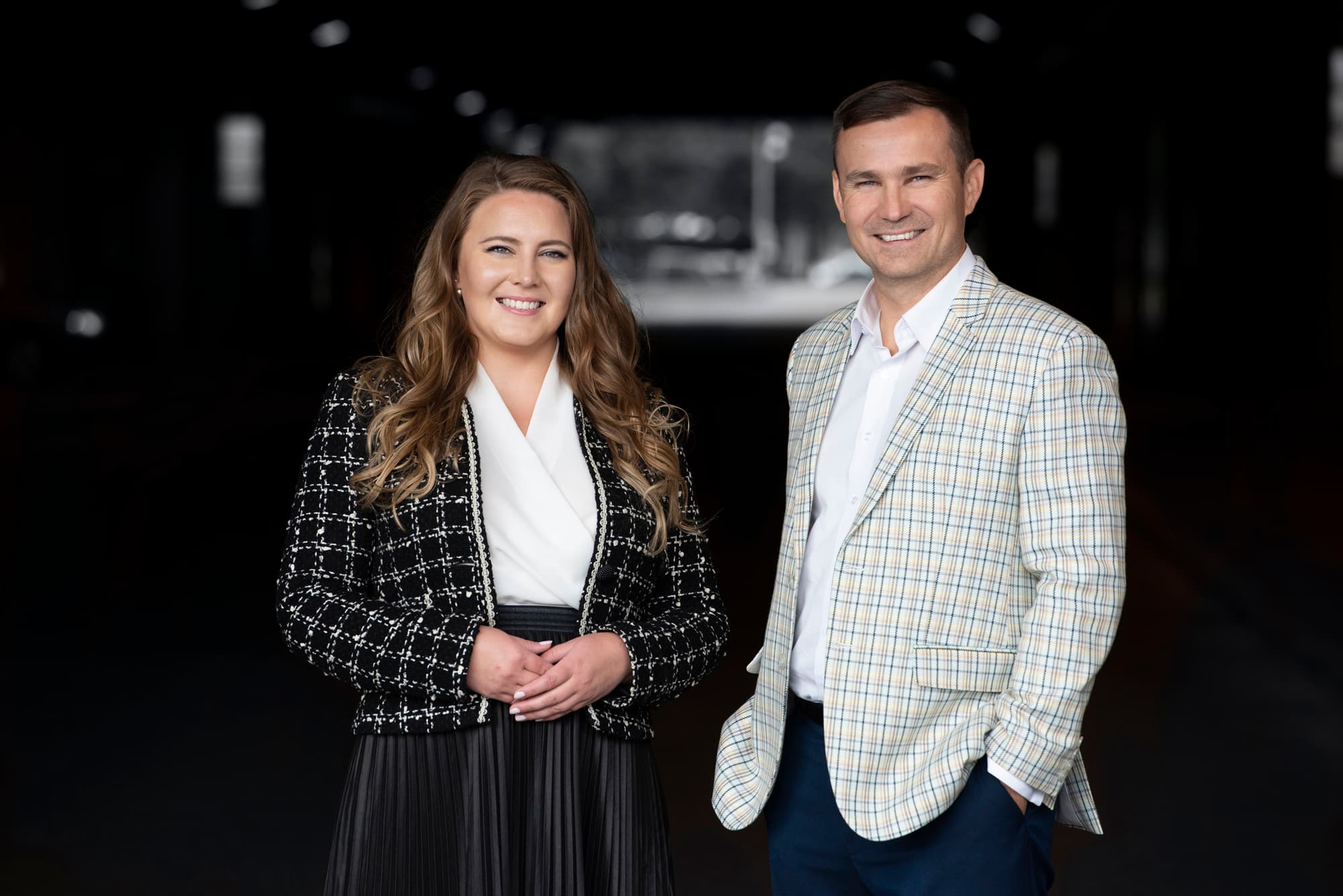[Part 5 of our Brand Rights blog series]
In the fifth part of our Brand Rights blog series, Jani Kaulo summarizes the fundamental rules for acquiring a brand right through trademark registration. "A trademark should be registered in countries where the company markets and sells its products or services or manufactures products." Read more about the key basic rules for companies considering trademark registrations.
Where are your company's markets now – where do you plan to operate in the near future?
When your company considers trademark protection, the general rule is that trademarks should be protected by registration in all countries where trademarks are being used, including the countries where products are manufactured. Trademark registration should also be acquired in countries where the brand name is already known or where the trademark is planned to be used in the near future.
In practice, using a trademark refers to all those countries,
✓ where marketing is targeted
✓ where there is sales
✓ where there are customers
✓ where products are manufactured
✓ where the company's website is targeted
When assessing the necessity of trademark registration in different countries, it is worthwhile to consider whether the answers to the following questions support the registration:
✓ Is a country-specific domain registered in that country?
✓ What language is used in marketing materials?
✓ Which currencies are referred to?
✓ In which countries does the company have distributors or representatives?
✓ In which countries is the product or service available?
Trademark protection strategy guides making appropriately measured actions in relation to the company's resources
As a company may have multiple trademarks, and some countries may play a very small role in business, it may not be necessary to apply for registration for all trademarks in all countries. Therefore, trademarks should be divided into categories based on their importance to the company's business (A, B, C, D...). We will delve into this further in the next part of our Brand Rights blog series.
When creating a trademark protection strategy and optimizing the costs, it is advisable to leverage the expertise and experience of a trademark attorney. Protection can also be expanded step by step, thus phasing the investments in registrations.
Trademark registration protects only specified goods and services
Trademark protection always applies only to certain goods and services included in the registration. All the world's goods and services are divided into 45 international classes. Nowadays, merely using the class number is no longer sufficient in the registration application; goods and services must be specified.
Therefore, it is important to accurately define all the goods and services, and the lists should be sufficiently broad. New goods or services cannot be added later to an existing registration; it always requires a new registration application.
Trademark registration is always geographically limited
Trademark registration is always geographically limited, so there is no worldwide trademark registration available. For this reason, there are alternative national, regional, and international registration channels.
Trademark protection and registration for an individual country can be applied for with a national trademark application in each country.
A more cost-effective way to apply for trademark protection in several countries is through a so-called international trademark application, which can be designated to target countries. Most of the world's key countries are involved in this international trademark registration system, although not all.
For European companies operating internationally, it is often advisable to start the protection process with a regional EU trademark application. EU trademark registration is valid not only in Finland, similar to national trademark registration with the Finnish Patent and Registration Office (PRH), but also in all other EU countries.
When assessing the most cost-effective registration channel and trademark protection strategy for a company, it is advisable to leverage the expertise and experience of a trademark attorney.
Contact us!
Book a complimentary consultation

Maria Puronvarsi, maria.puronvarsi@kaulopartners.fi, +358 40 669 0527
Jani Kaulo, jani.kaulo@kaulopartners.fi, +358 40 637 5442
Read more
Register your trademark – don't rely on establishment [Part 7 of our Brand Rights blog series]
What does trademark distinctiveness mean and why is it important? [Part 6 of our Brand Rights Blog Series]
Trademark is the core of brand rights [Part 4 of our Brand Rights blog series]
Company name is not sufficient brand protection in international markets [Part 3 of our Brand Rights blog series]
Brand rights into brand value [Part 2 of our Brand Rights blog series]
Brand elements into brand rights [Part 1 of our Brand Rights blog series]
